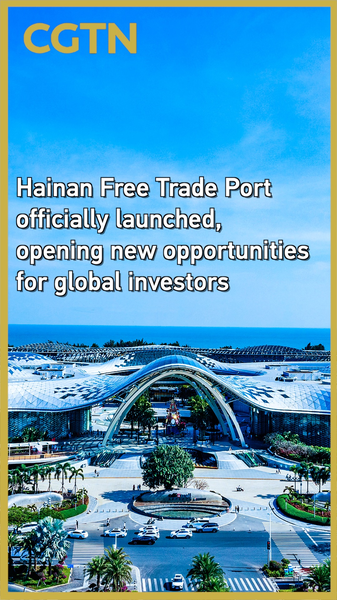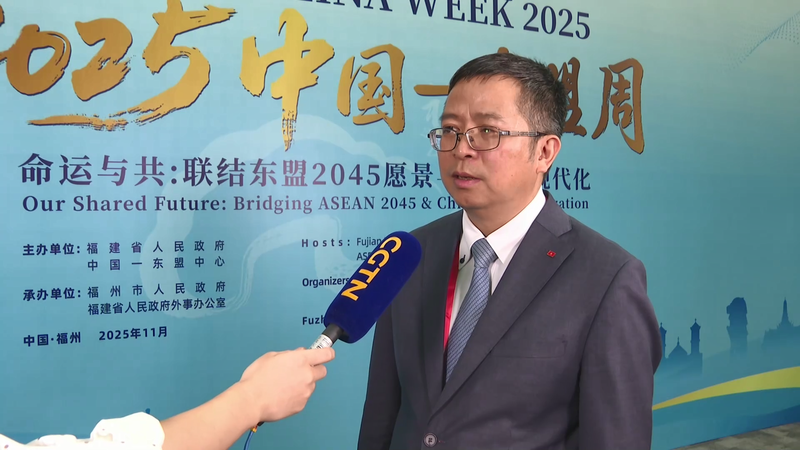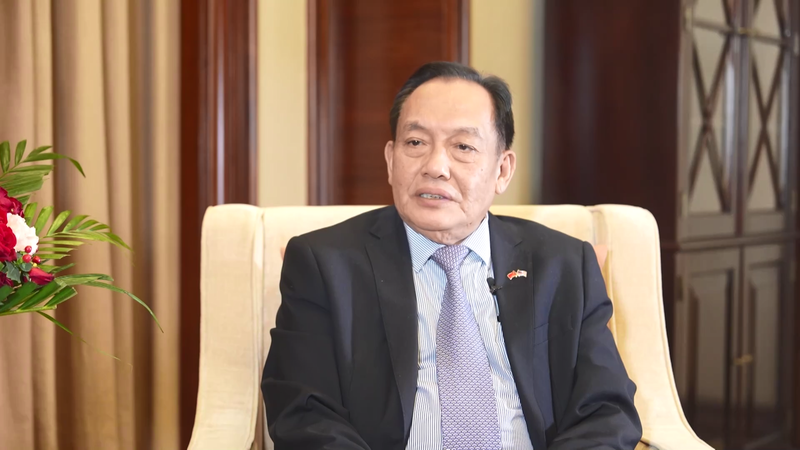When President Trump rolled out steep tariffs on imports, the mission was to bolster American manufacturers. The result? A surprise case study in digital-age marketing—factories in the Chinese mainland pivoted to viral videos, turning a trade war twist into free publicity.
Behind the Viral Clips
It started with a small garment workshop sharing a 15-second TikTok of its assembly line, showcasing how $5 yoga pants are made from scratch. Within days, the clip racked up over 3 million views, sparking a trend as viewers marveled at the speed and scale of production. Other factories soon followed, peeling back the curtain on budget-friendly goods with catchy music and dynamic storytelling.
Electronics Price Shock
Meanwhile, producers of smartphone accessories and circuit boards faced up to 25% higher costs due to tariffs. Yet instead of hiding price hikes, some posted side-by-side comparisons on social feeds—showing how a charger went from $49 to $62 overnight. The transparency fueled debates on sourcing, quality and the true cost of trade policies.
A New Playbook for Young Innovators
Entrepreneurs and students across G20 nations are taking notes. The fusion of manufacturing know-how and social media savvy offers fresh lessons in global branding. For thought leaders and changemakers focused on sustainability and human rights, the trend also raises questions about supply chains and price equity.
Looking Ahead
As the trade standoff evolves, one thing is clear: digital channels can amplify—and sometimes undo—the impact of economic policy. Young global citizens, business enthusiasts, and travelers alike will be watching how both sides adapt to this viral chapter in international commerce.
Reference(s):
cgtn.com




